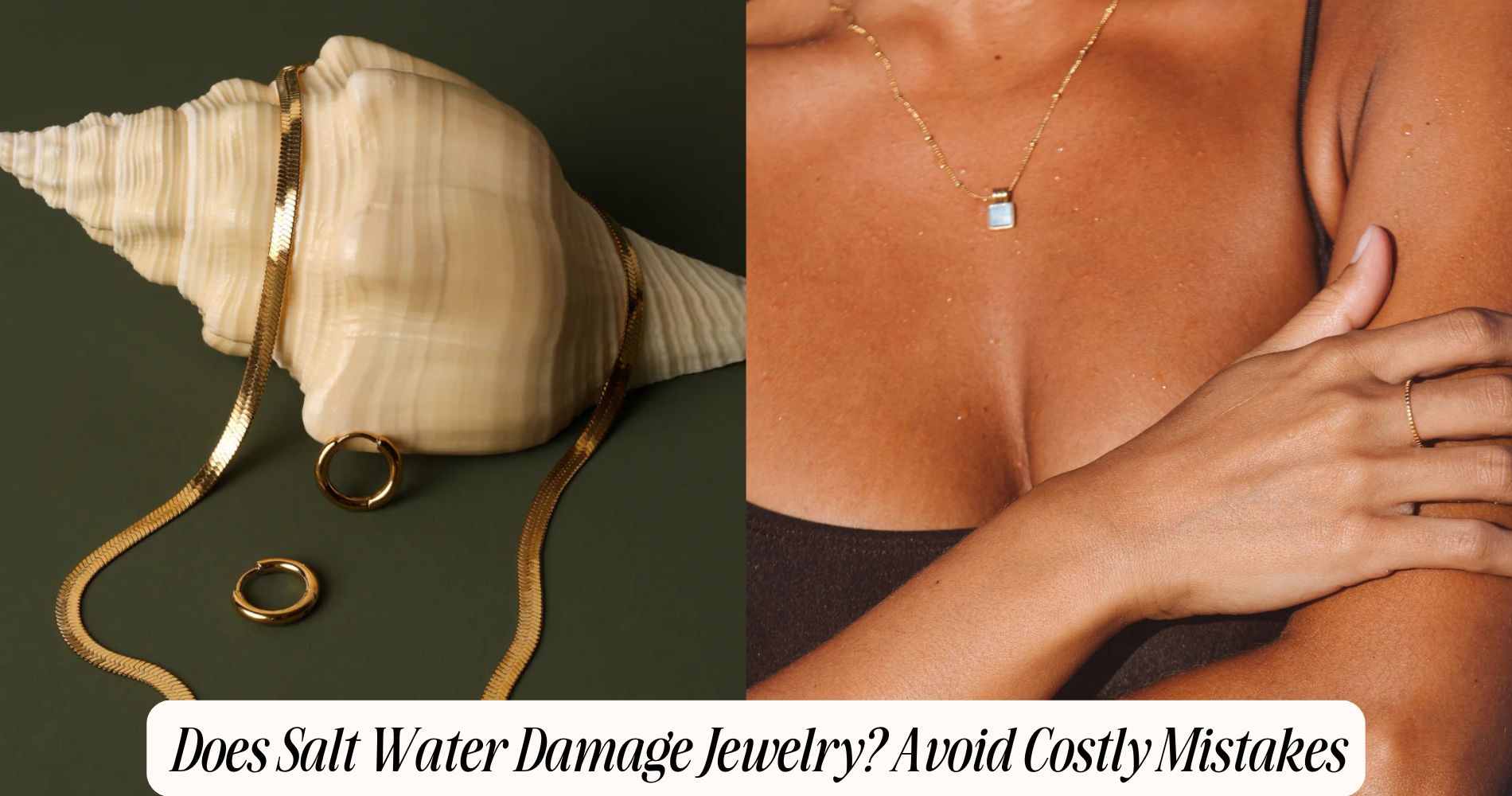
Does Salt Water Damage Jewelry? Avoid Costly Mistakes
Does salt water damage jewelry? Yes, it absolutely can. Salt water accelerates tarnish on silver, pits gold alloys, and corrodes metal settings—especially those containing copper or nickel. Porous gemstones like pearls and opals may discolor or weaken, while salt residue can dull even harder stones and loosen prongs. Even stainless steel isn’t completely safe—it may develop localized corrosion over time. To keep the clean, understated look of pieces from our Minimalist Jewelry collection looking their best, always rinse with fresh water and dry thoroughly. Up next, learn how to protect your jewelry and spot early signs of salt water damage.
How Salt Water Reacts With Popular Jewelry Metals
When salt water comes into contact with popular jewelry metals, it triggers specific chemical reactions that can compromise both appearance and structural integrity. You’ll notice that salt corrosion begins as sodium chloride dissolves and accelerates oxidation.
For metals like sterling silver, this causes metal tarnishing—visible as a dark or dull layer on the surface. Gold alloys aren’t immune; the non-gold metals mixed for strength, such as copper or nickel, react with chloride ions, leading to pitting and discoloration.
Even stainless steel, praised for its durability, can suffer from localized corrosion in the presence of salt water, especially at crevices or welds. Over time, these reactions weaken the metal, making your jewelry prone to breakage, loss of luster, and irreversible surface damage.
The Impact of Salt Water on Gemstones and Settings
Although gemstones might appear resilient, salt water poses significant risks to both the stones and their settings. Many gemstones, such as opals, pearls, and turquoise, display high gemstone sensitivity, meaning their porous structures readily absorb salt and moisture. This absorption can lead to structural weakening, discoloration, or even surface etching.
Harder stones, like diamonds and sapphires, are less sensitive but can still suffer from salt deposits accumulating in tiny crevices, dulling their brilliance over time.
You also need to contemplate the metal settings holding your gemstones. Salt water accelerates corrosion risks, especially with prongs or bezels made of less resistant metals. As these settings weaken, you increase the likelihood of losing valuable stones.
Always take proactive care to minimize direct salt water contact with your jewelry.
Common Signs of Salt Water Damage in Jewelry
Recognizing the signs of salt water damage helps you protect your jewelry from permanent harm. When salt water interacts with metals, you’ll often notice tarnishing, discoloration, or a white, powdery residue—early indicators that corrosion prevention measures are overdue.
Gold may lose its luster, while silver develops black spots or a dull sheen. If you observe pitting or tiny holes on metal surfaces, corrosion has likely begun.
Gemstones might appear cloudy or scratched due to salt deposits and abrasive particles. You should also check clasps and prongs, as salt can weaken these components, causing loose stones.
Understanding these signs allows you to adjust your cleaning techniques and avoid further deterioration. Prompt identification ensures your jewelry maintains its structural integrity and visual appeal.
Essential Care Tips for Jewelry Near Salt Water
If you frequently wear jewelry near the ocean or a saltwater pool, taking proactive steps is essential to preserve its condition and longevity. First, prioritize removing valuables before swimming or engaging in beach activities—this is one of the most effective beach vacation tips for minimizing exposure.
Salt water accelerates corrosion and tarnish, especially on metals like sterling silver and low-karat gold alloys. If you can’t avoid exposure, rinse your jewelry with fresh water immediately after contact, an initial step in salt water cleaning that reduces salt residue.
Avoid abrasive materials when drying to prevent scratches. For pieces with delicate gemstones or intricate settings, check for loose prongs and clasps beforehand, as salt and sand can exacerbate pre-existing vulnerabilities. Your vigilance ensures lasting beauty.
Best Practices for Storing and Cleaning Jewelry After Exposure
After your jewelry comes into contact with salt water, thorough cleaning and proper storage are critical to prevent lasting damage. Immediately rinse each piece in lukewarm, distilled water to remove salt residues that disrupt the metal’s pH balance and accelerate corrosion.
Use a soft brush and mild, pH-neutral soap to gently clean the surfaces, paying attention to crevices where salt can linger. Dry jewelry completely with a lint-free cloth to eliminate moisture that can promote deterioration.
For corrosion prevention, store your cleaned jewelry in a dry, airtight container, preferably lined with anti-tarnish fabric. Separate individual pieces to prevent scratching or chemical reactions between metals.
Avoid humid environments, as excess moisture destabilizes the pH balance and increases corrosion risk, ensuring your jewelry remains pristine and protected.
Frequently Asked Questions
Can Salt Water Exposure Affect Jewelry Appraisals or Resale Value?
When you expose jewelry to salt water, corrosion can occur, leading to visible damage and structural weakness. This salt water corrosion directly lowers jewelry valuation, so appraisers and buyers will reduce resale value due to diminished condition and integrity.
Does Salt Water Damage Occur in Swimming Pools With Chlorine?
You should know that pool chlorine, while not as aggressive as salt corrosion, can still damage jewelry. Chlorine weakens metal settings, dulls gemstones, and accelerates wear. You’ll protect your valuables by removing jewelry before swimming.
Are Jewelry Warranties Voided by Salt Water Damage?
You should review warranty policies closely, since many exclude coverage for salt water damage. If damage occurs, you’ll likely pay repair costs out-of-pocket. Manufacturers consider salt water exposure neglect, which can void jewelry warranties and limit support options.
How Does Salt Air Compare to Salt Water for Jewelry Damage?
You should know salt air poses a corrosion risk to jewelry, but it acts more slowly than salt water. Salt accumulation from humidity promotes tarnish and dullness, so regular cleaning and storage in dry conditions are essential.
Can Salt Water Tarnish Affect Costume or Fashion Jewelry Differently?
You’ll notice salt corrosion and tarnish affect costume or fashion jewelry more severely because of their base metals and thin plating. Prioritize tarnish prevention by rinsing jewelry after exposure and storing pieces in airtight containers to minimize damage.
Conclusion
Ultimately, salt water poses real risks to your jewelry, from corroding metals to dulling or loosening gemstones. If you want to avoid costly repairs or replacements, always remove your jewelry before swimming or visiting the beach. Rinse and dry your pieces thoroughly if accidental exposure occurs. Store them in a dry, clean place, and inspect them regularly for early signs of damage. By following these guidelines, you’ll extend your jewelry’s longevity and preserve its brilliance.







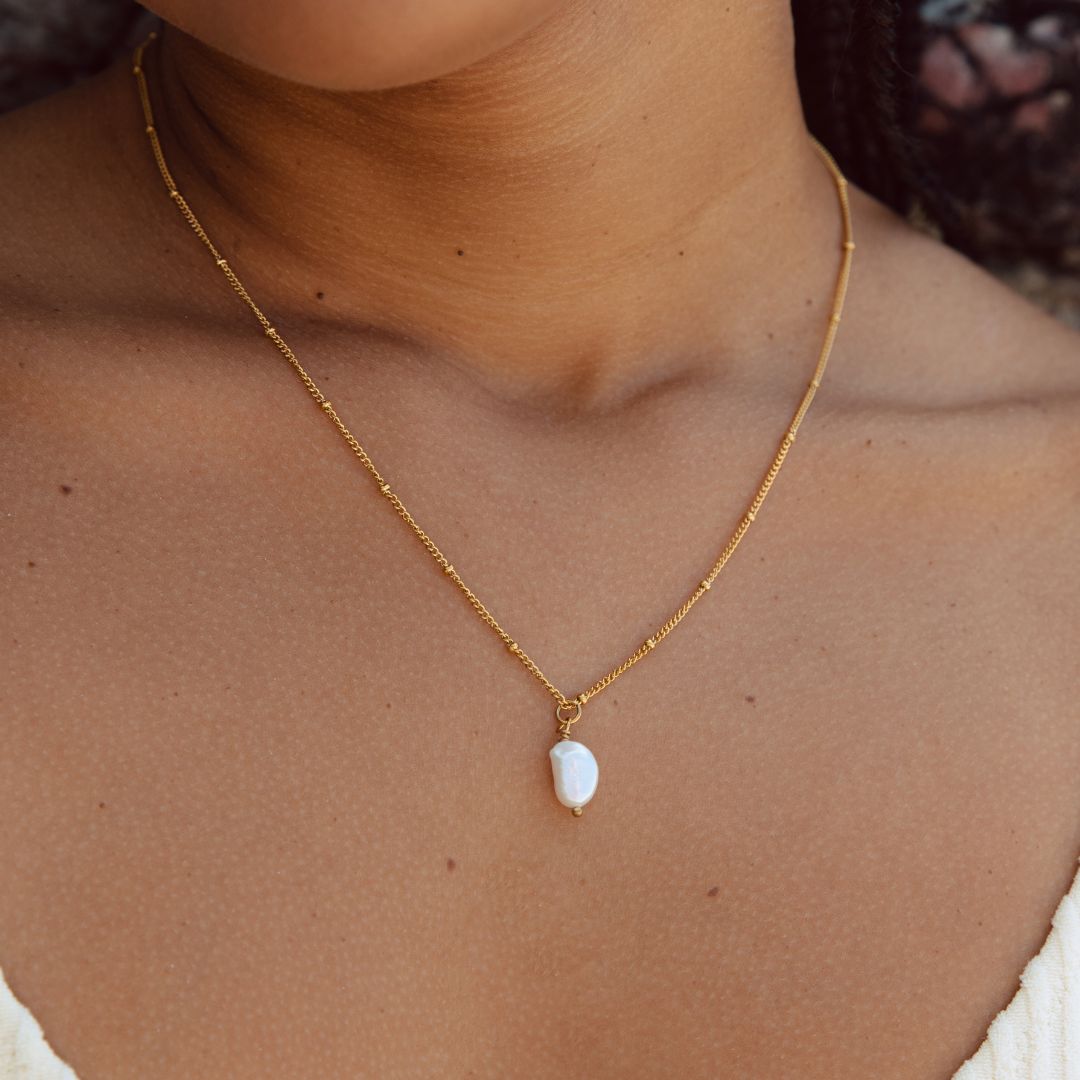

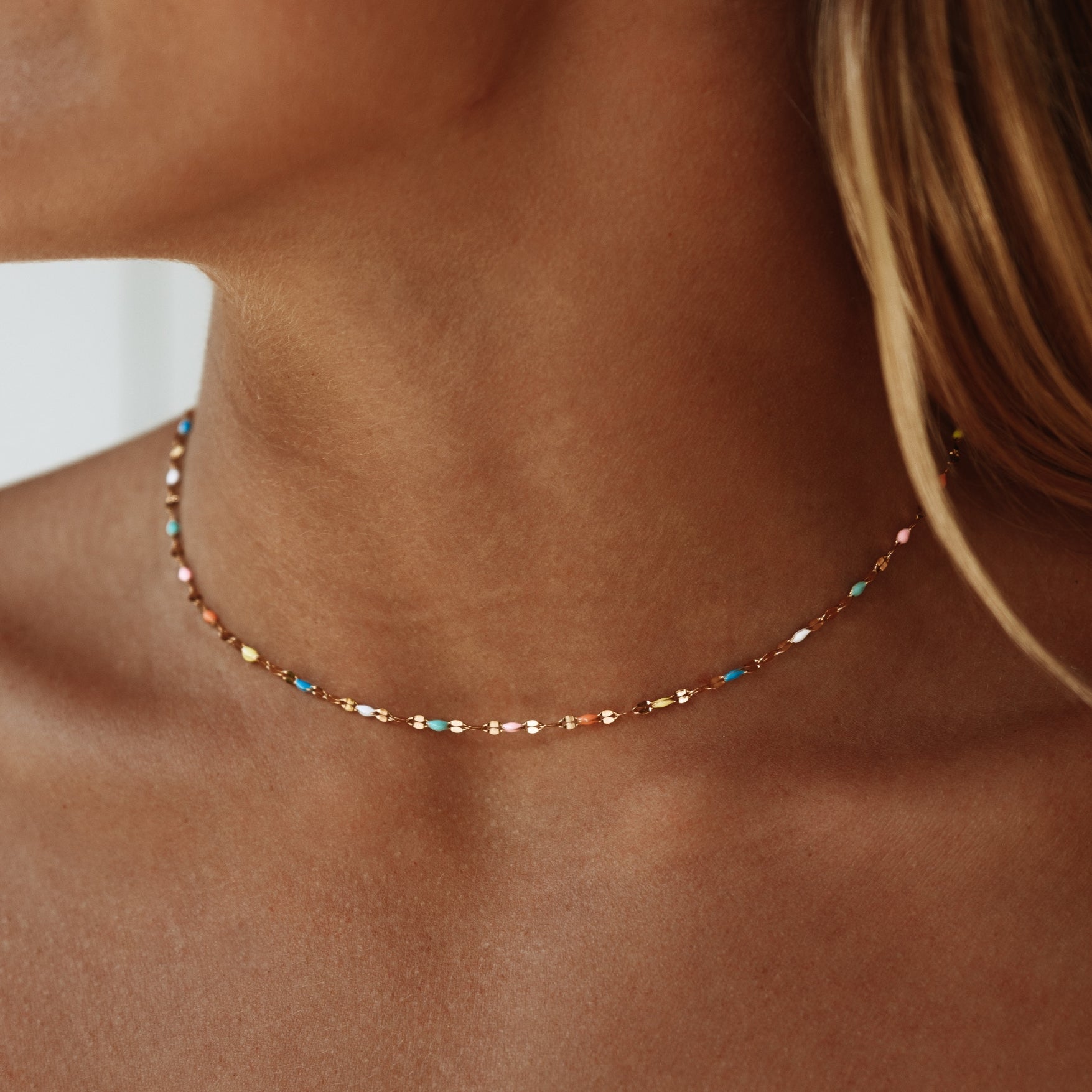


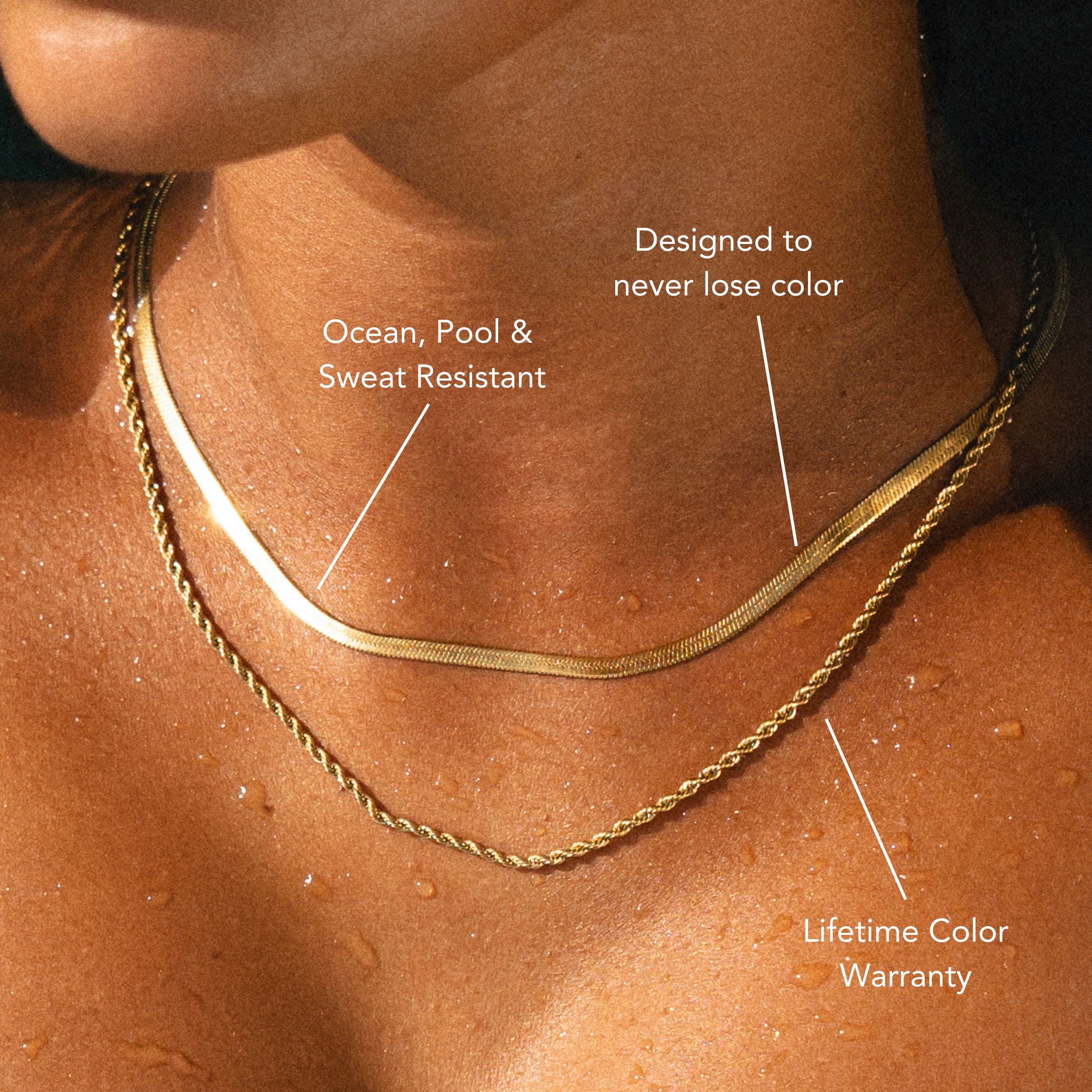
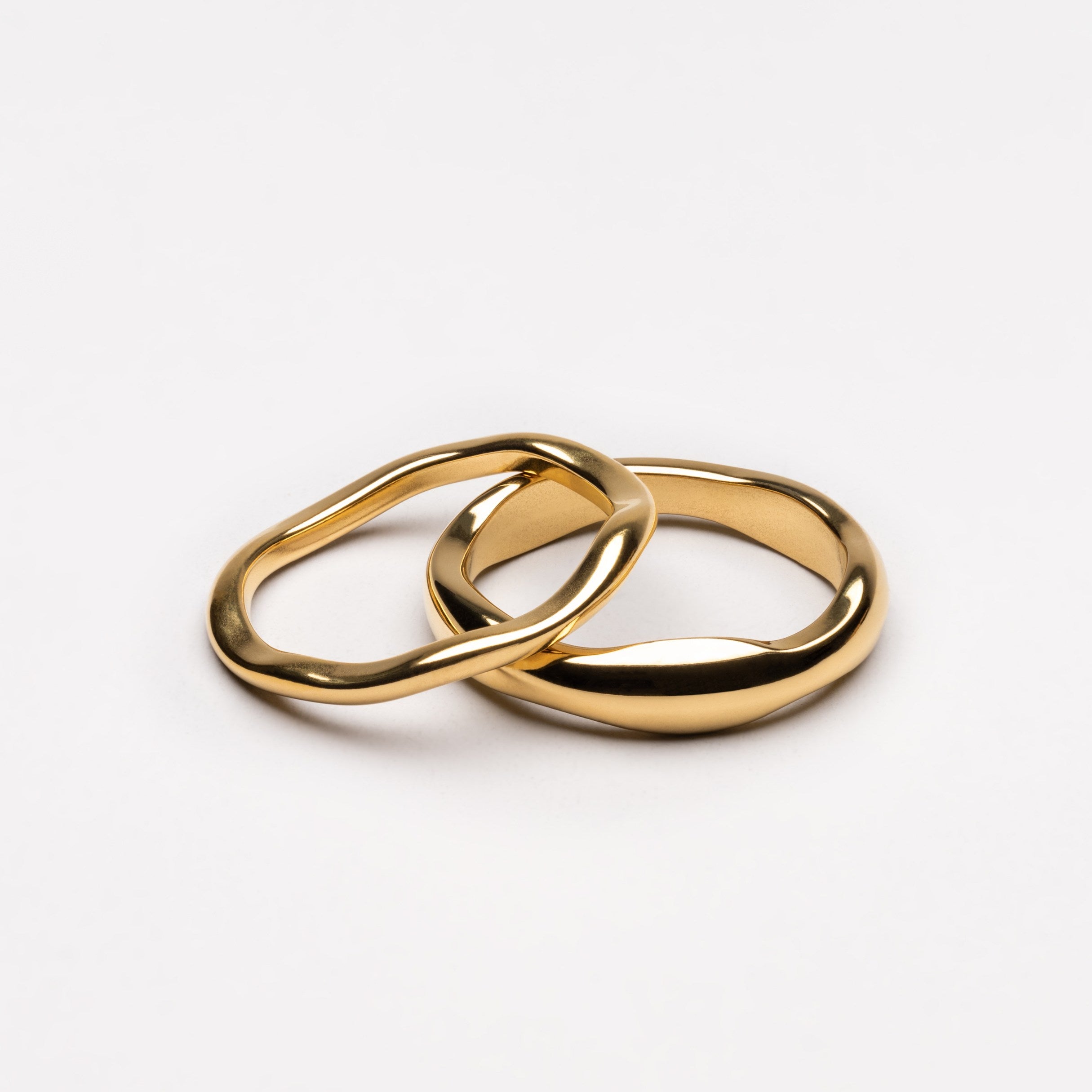


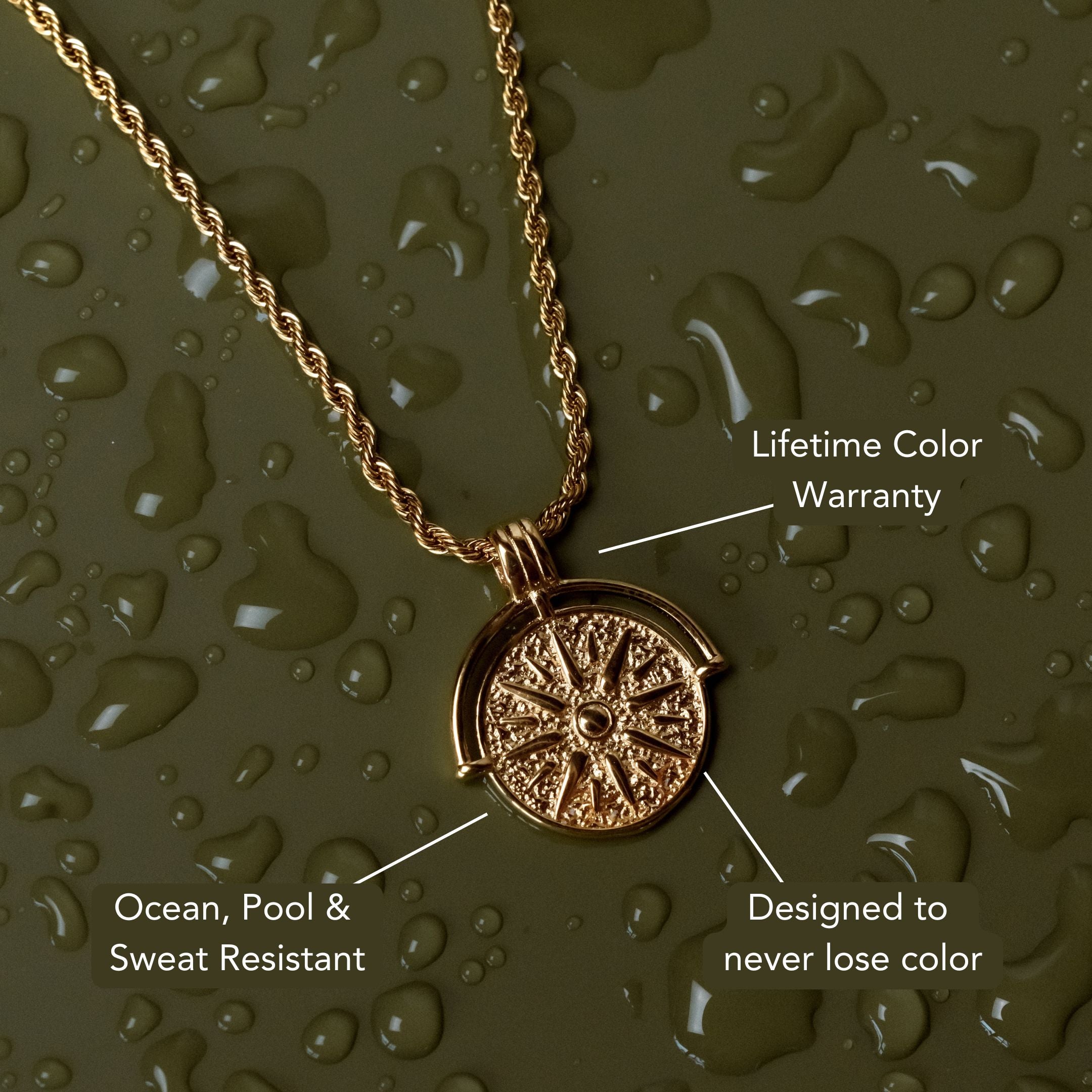
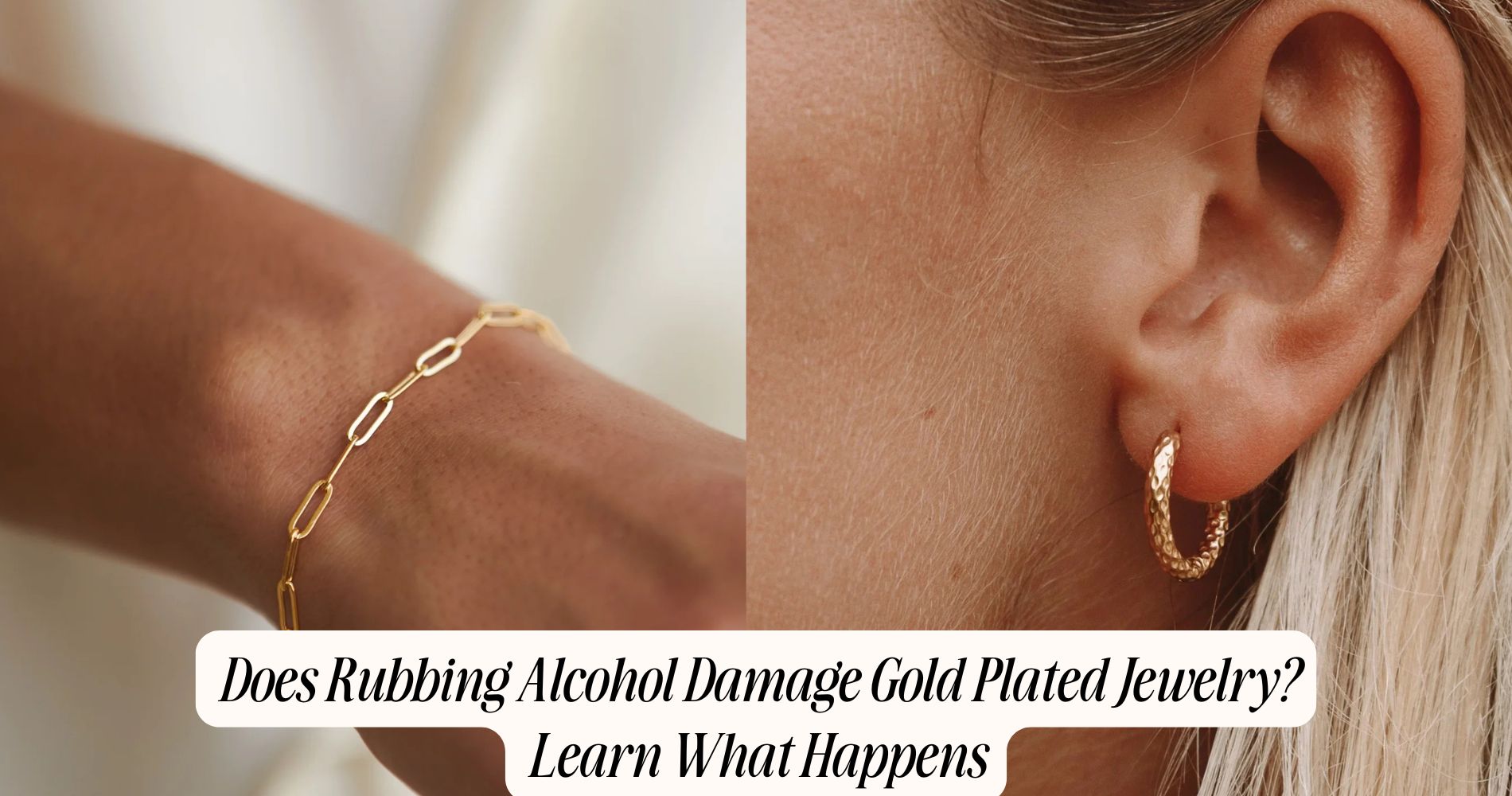
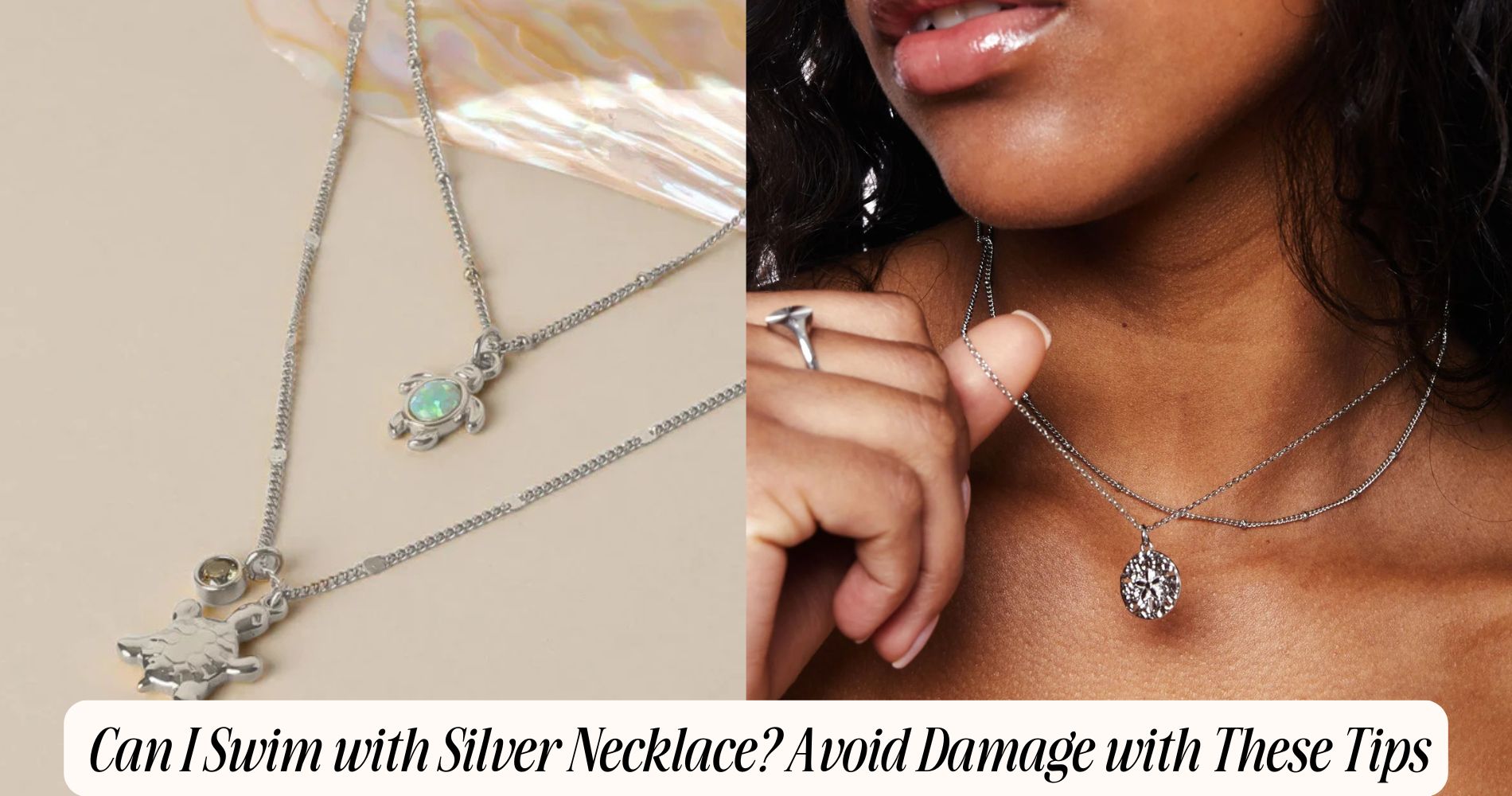




コメントを書く
このサイトはhCaptchaによって保護されており、hCaptchaプライバシーポリシーおよび利用規約が適用されます。